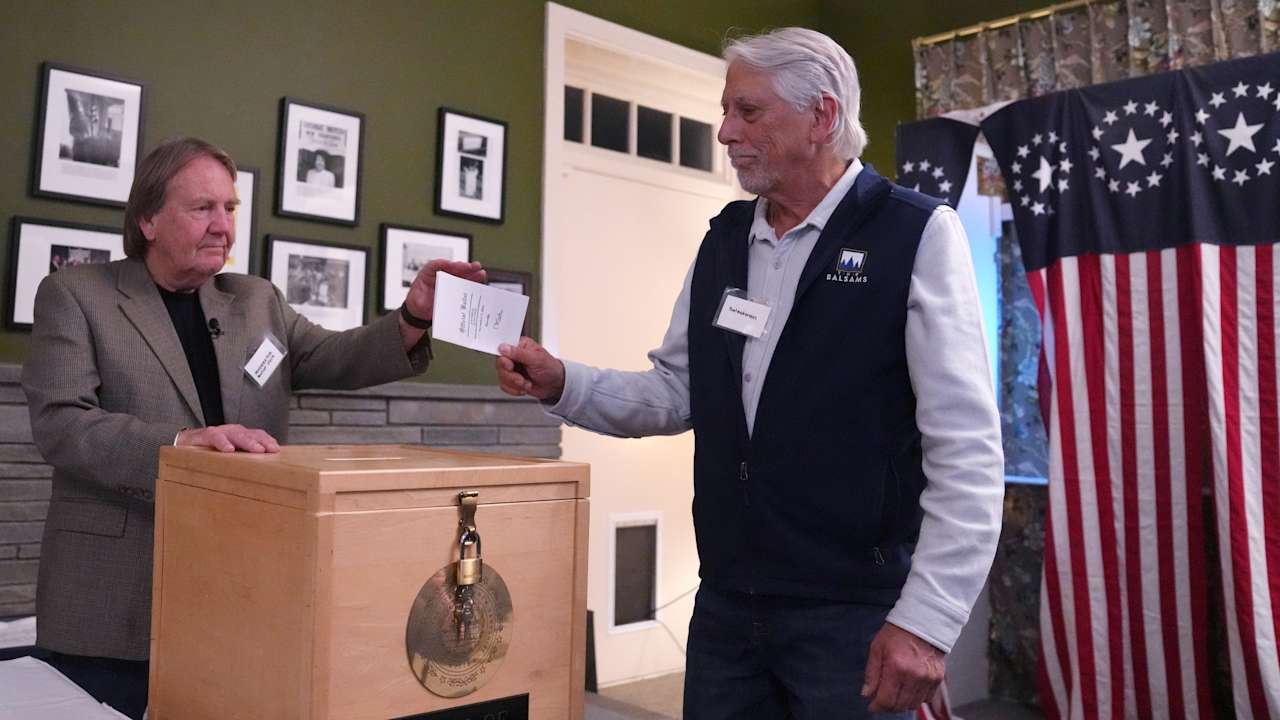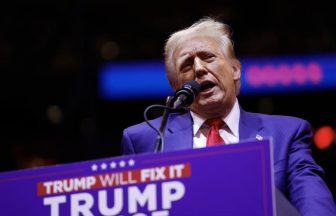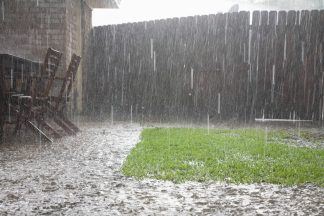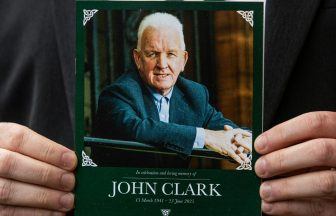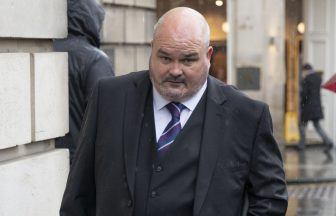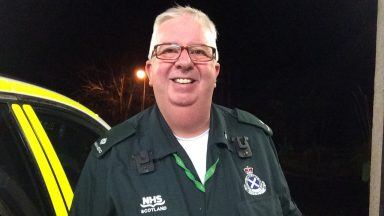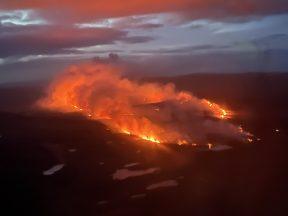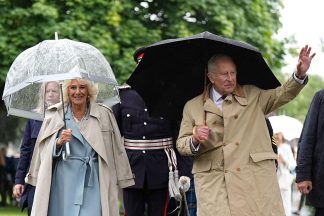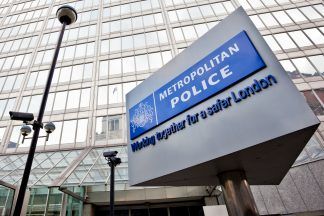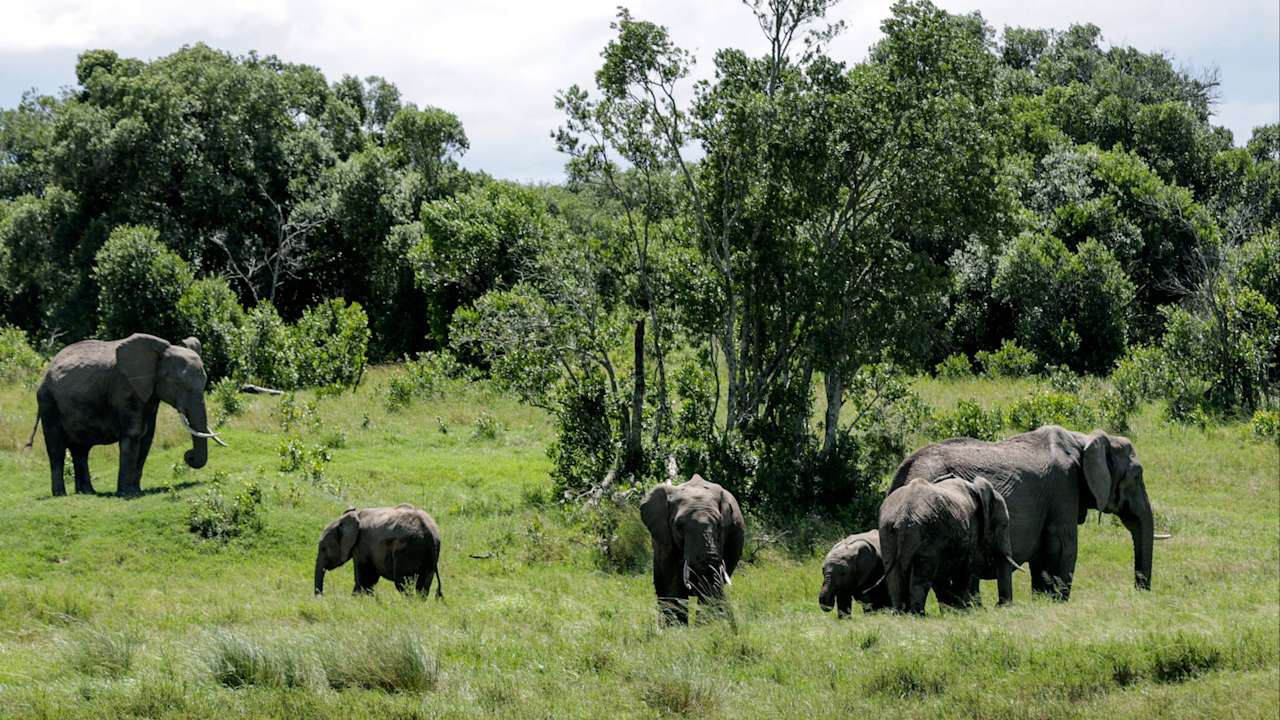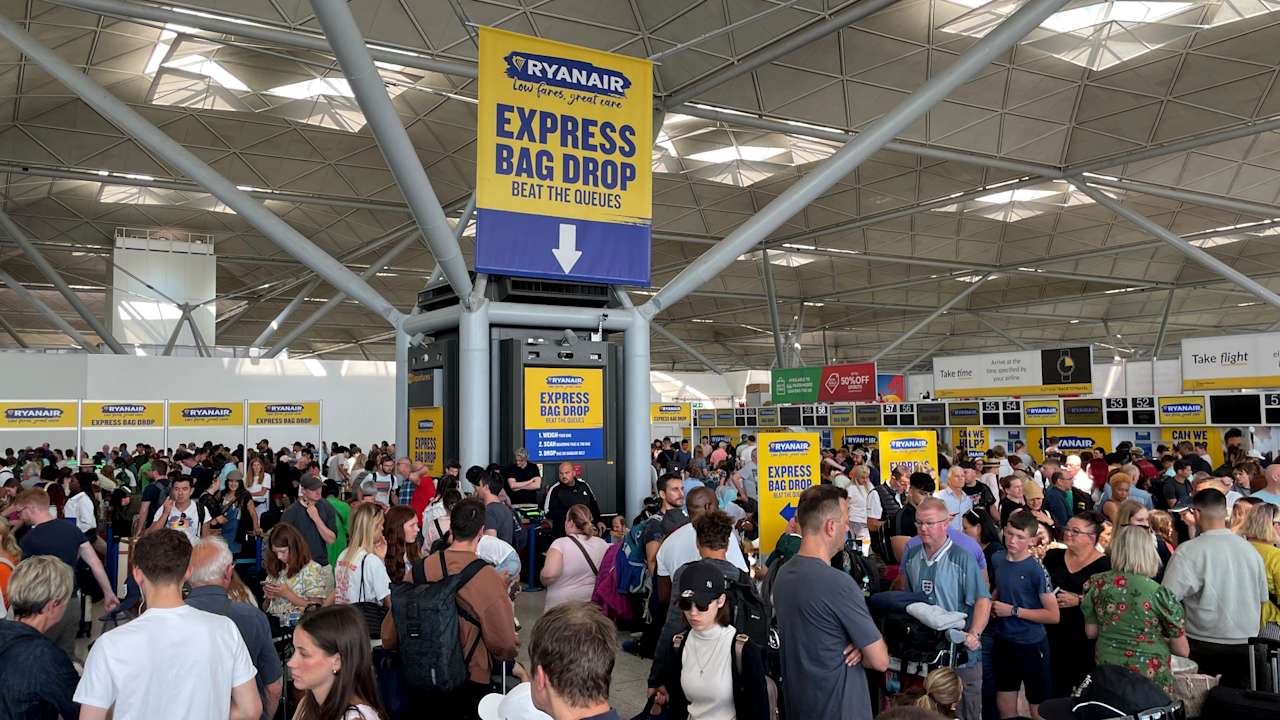Americans are voting in their millions on Tuesday as the nation takes part in one of the most competitive elections in their history.
Former President Donald Trump, representing the Republican Party, is taking on current Vice President Kamala Harris, the Democratic candidate.
The stakes are particularly high as key issues like abortion rights, the war in Ukraine and the Middle East dominate the discourse.
The first ballots were cast in a tony township in the state of New Hampshire, where polling always opens at midnight on election day (0500 am UK time).
The town, Dixville Notch, only has six voters so the result was announced a few hours later – and it was a dead heat. However, we are told not to read into that, because the voting pattern in Dixville Notch is not considered a good indicator of the final outcome of the presidential race.
Most states open their polling stations at 7am in their local time, so voters will start turning up in big numbers from about 10am UK time.
What are the polls saying?
A poll in Iowa, conducted by the respected pollster Ann Selzer, was headline news on the eve of the election.
It found Harris leading Trump by three percentage points in the Hawkeye state.
But arguably of more significance, it suggests older white non-college-educated women are breaking late for Harris and may be an indicator of a similar trend in the other critical rust belt states of Pennsylvania, Michigan and Wisconsin.
How does the election work?
In order to win the election you need to get at least 270 seats in the Electoral College. Each of the 50 states, plus Washington DC, make up this map.
They are broken down by the number of politicians and the population of each state. Wyoming has the smallest population and therefore three votes, whereas California has the largest, so gets 54 electoral votes.
The winner takes it all in each state. Even if you win by just one vote, you get all the points up for grabs.
In total, there are 538 points that could be won, 270 is the magic number.
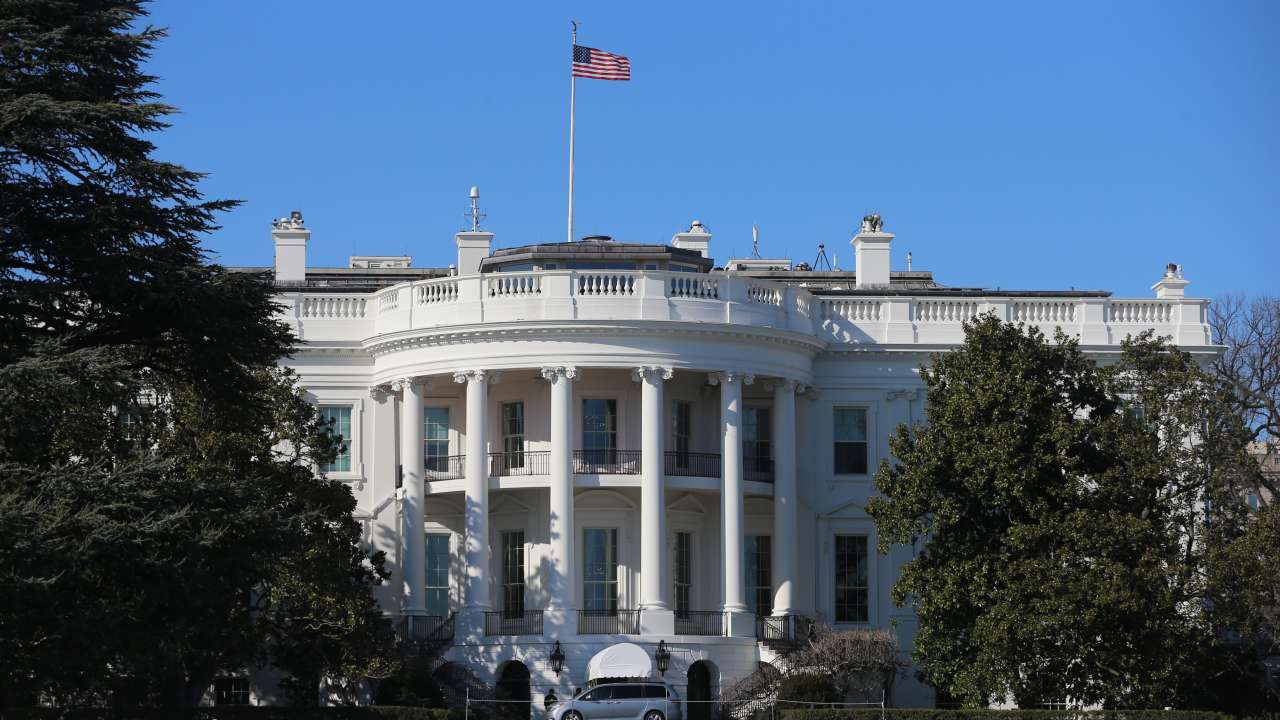
The election is likely to be decided by seven swing states. These are states that have voted for both the Democratic and Republican Party in the past, and may be likely to change again.
These states are the so-called “Rustbelt”: Wisconsin, Michigan and Pennsylvania in the north. Further south, the “Sunbelt” with Arizona and Nevada to the west and Georgia and North Carolina in the east, may decide the winner.
The candidate who gets the most popular votes does not necessarily win the election. In 2016, more Americans voted for Hilary Clinton, yet Trump won the Electoral College.
The election will not only decide the next president – but also the makeup of the US senate. ITV News Deputy Political Editor Anushka Asthana explains.
What are the candidates campaigning about?
The campaign rhetoric has focused heavily on key issues that resonate with the American electorate.
Trump has centred his campaign on themes of economic recovery and national security, emphasising his administration’s achievements prior to the pandemic.
He argues for tax cuts, deregulation, and a strong military stance.
Trump has also framed the election as a choice between freedom and government control, appealing to voters who prioritise individual liberties and a robust economy.
Harris, on the other hand, has highlighted themes of equity, healthcare reform, and climate action.
She emphasises the need for a comprehensive approach to healthcare, including lowering prescription drug prices and expanding access.
Follow STV News on WhatsApp
Scan the QR code on your mobile device for all the latest news from around the country


